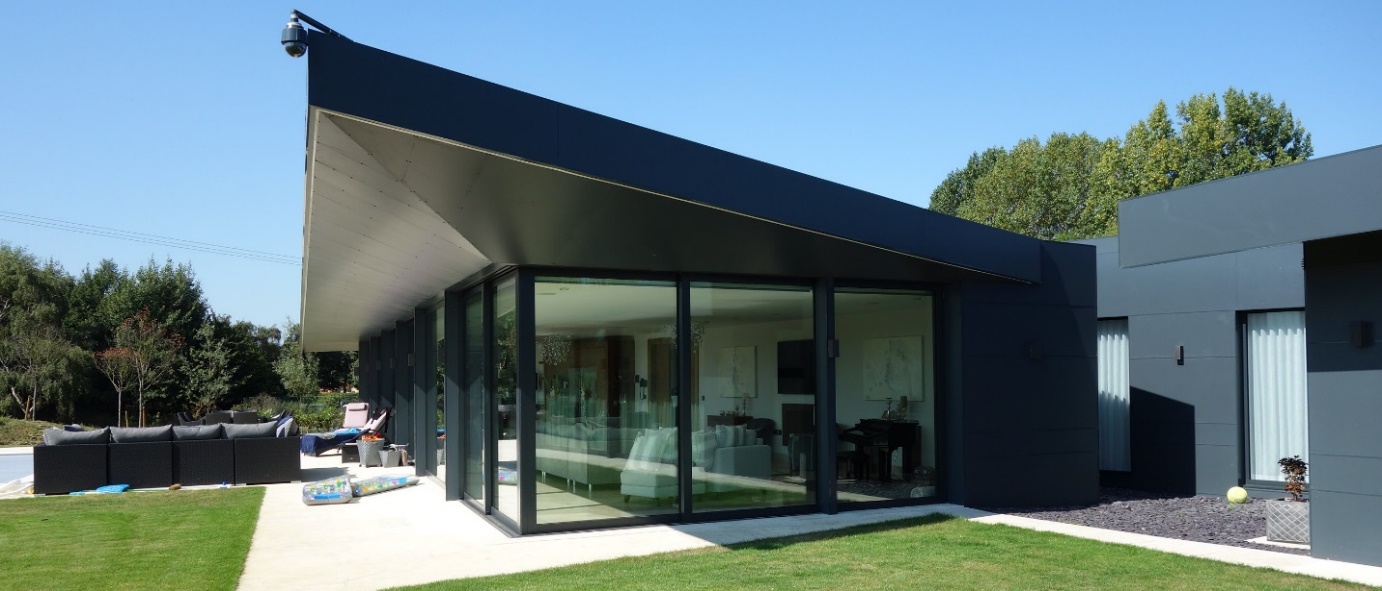With regards to building homes, there are a few strategies to browse. Customary development, frequently utilizing wood or steel outlines, has been the standard for a long time. Nonetheless, Protected Substantial Structure (ICF) development has been acquiring notoriety as a cutting edge other option. The insulated concrete form house offer superior energy efficiency due to their high thermal insulation properties.
-
Development Materials:
Conventional Development:
Customary homes are ordinarily worked with wooden casings and workmanship. The casing is generally developed with wood or steel, while the walls are filled in with block, substantial blocks, or stone.
ICF Development:
ICF homes utilize an alternate methodology. They are fabricated utilizing interlocking, empty, and lightweight blocks produced using Extended Polystyrene (EPS) or other protecting froth. These blocks are stacked to frame the state of the walls, which are then loaded up with built up concrete.
-
Insulation:
Conventional Development:
Protection in customary homes is generally positioned between the wooden edge and the inward drywall. Normal protection materials incorporate fiberglass, mineral fleece, or froth sheets.
ICF Development:
ICF homes have underlying protection because of the froth obstructs that make the walls. This protection stays set up on the two sides of the substantial, giving a constant layer of protection without warm breaks.

-
Strength and Solidness:
Conventional Development:
Wooden edges in conventional homes can be helpless against harm from termites, fire, major areas of strength for and. While brick work gives greater sturdiness, it can in any case be liable to breaking.
ICF Development:
ICF homes are known for their solidarity and strength. The built up substantial center is profoundly impervious to fire, wind, and dampness. Also, the froth protection assists with diminishing sound transmission and gives influence obstruction.
-
Energy Effectiveness:
Conventional Development:
Conventional homes can be energy-effective, yet accomplishing elevated degrees of productivity might require extra protection and cautious fixing of holes.
ICF Development:
ICF homes are intrinsically energy-proficient because of the consistent protection and warm mass given by the substantial center. This outcomes in diminished warming and cooling costs over time.
-
Development Interaction:
Conventional Development:
The development of conventional homes includes gathering the wooden or steel outline, trailed by adding protection, and afterward covering with drywall, siding, or different completions.
ICF Development:
When the substantial has set, the froth stays set up, giving protection and a base to inside and outside wraps up. The durability and strength of an insulated concrete form house make it ideal for regions prone to extreme weather.


